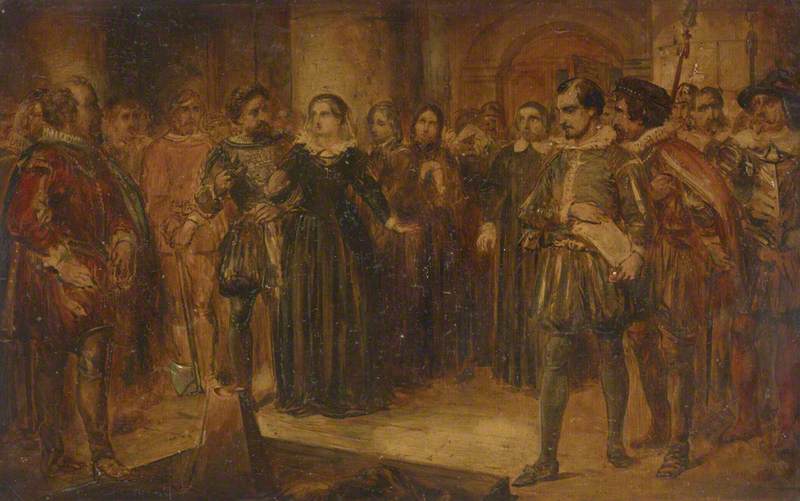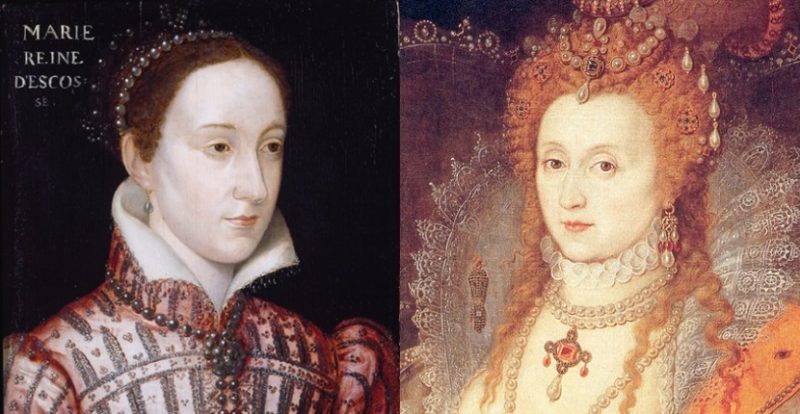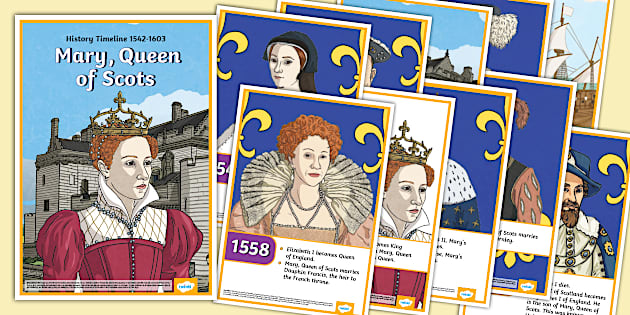Mary, Queen of Scots, is one of the most enigmatic and tragic figures in British history. Her life was marked by political intrigue, personal tragedy, and a relentless struggle for power. As the daughter of James V of Scotland and Mary of Guise, she became queen at just six days old after her father’s death in 1542. Her reign, however, would be fraught with challenges, ultimately leading to her downfall and execution.
Early Life and Rise to Power
Mary’s early years were spent in France, where she was raised at the court of King Henry II and his wife Catherine de Medici. She was educated in the arts, languages, and music, and by the time she returned to Scotland in 1561, she had become a refined and cultured young woman. However, her return to Scotland was met with resistance from the Protestant nobles who had taken control of the country during her absence.
The Protestant Reformation had transformed Scotland into a predominantly Calvinist nation, and Mary, a Catholic, found herself at odds with the religious and political establishment. Despite this, she managed to maintain a degree of stability through a policy of religious tolerance, which earned her some support among both Catholics and Protestants.
Marriage and Political Struggles
In 1565, Mary married her cousin, Lord Darnley, a decision that would prove disastrous. Darnley, a weak and ambitious man, quickly became a source of tension in the royal court. Their marriage was unhappy, and Mary soon found herself caught in a web of political conspiracies. In 1567, Darnley was murdered, and Mary’s involvement in the plot was widely suspected.
Following Darnley’s death, Mary married James Hepburn, the Earl of Bothwell, who was believed to be the murderer. This marriage further alienated the Scottish nobility, and within weeks, Mary was forced to abdicate the throne in favor of her infant son, James VI. She was imprisoned in Loch Leven Castle, where she remained for nearly two years before escaping with the help of her supporters.
Imprisonment in England
After her escape, Mary sought refuge in England, where she hoped to find protection from her enemies. However, Queen Elizabeth I, wary of the threat Mary posed to her own rule, had her imprisoned. For the next 18 years, Mary was held under house arrest, moving between various castles and manors across England.
During her imprisonment, Mary became a focal point for Catholic plots aimed at deposing Elizabeth and placing her on the English throne. These plots, including the Northern Uprising of 1569 and the Babington Plot of 1586, ultimately led to her downfall. In 1586, Mary was implicated in the Babington Plot, a conspiracy to assassinate Elizabeth and place Mary on the English throne. Although she did not directly order the assassination, her correspondence with the conspirators sealed her fate.
Trial and Execution
In 1587, Mary was put on trial for treason. Despite her claims that she was not an English subject and thus could not be tried for treason, the trial was a formality. She was found guilty and sentenced to death. On February 8, 1587, Mary was beheaded at Fotheringhay Castle. Before her execution, she wore a red undergown, symbolizing martyrdom in the Catholic faith.
The execution of Mary marked the end of a tumultuous chapter in Scottish and English history. Her legacy, however, endured, and she became a symbol of both tragedy and resilience.
Legacy and Cultural Impact
Mary’s story has been the subject of numerous books, films, and plays, capturing the imagination of audiences for centuries. Her life, filled with political intrigue, personal loss, and dramatic twists, continues to fascinate historians and the general public alike.
The rivalry between Mary and Elizabeth I remains one of the most storied in English history. Their conflicting ambitions and the political tensions between Catholicism and Protestantism shaped the course of European history. Mary’s life serves as a reminder of the complexities of power, religion, and gender in the 16th century.




Conclusion
The tragic story of Mary, Queen of Scots, is a compelling tale of ambition, betrayal, and resilience. From her early years in France to her eventual execution in England, her life was marked by political upheaval and personal tragedy. Her legacy continues to inspire and captivate, offering a glimpse into the complex world of 16th-century Europe.
As we reflect on Mary’s life, it is clear that her story is more than just a historical account—it is a testament to the enduring power of human spirit in the face of adversity.
Author: [Nama Lengkap]
Title/Role: [Jabatan atau keahlian]
Credentials: [Ringkasan kualifikasi atau pengalaman terkait]
Profile Link: [Link profil, opsional]
Sources:
– British History Online
– History.com
– The National Archives
Related Articles:
– The Rivalry Between Queen Elizabeth I and Mary, Queen of Scots
– The Execution of Mary, Queen of Scots
– Mary, Queen of Scots: A Brief Biography
Call to Action:
Stay updated with the latest news and historical insights by following our blog and exploring more stories from the past.











More Stories
The Mystique of Sacred Irish Stone: History, Significance, and Cultural Impact
US Trending News: Understanding La Cosa Nostra: History, Structure, and Influence
The Historic Emile Zola Letter of 1898: A Key Moment in the Dreyfus Affair